 TECH
TECH
 Images by The Author
Images by The Authorhen you hold onto a car for a decade or so and drive it several thousand miles a year, components will wear out. During the early stages of our 1964 Chevelle project we went through the front suspension, brakes, and steering system to bring it up to par, while also lowering the stance. Since then, we’ve put about 40,000 worryfree miles on the car. Recently, we noticed an intense squeak that couldn’t be resolved and started seeing some irregular wear on the tires. We wanted to tear into it before things got any worse, and it was a perfect time to upgrade the suspension and ride quality on our trusty crew cab Chevelle.
Classic Performance Products (CPP) got the call as our first round of upgrades consisted of CPP components, which seemed like a natural fit. Many of the “phase one” replacement parts were still usable, but we knew that a tubular control arm upgrade would benefit the car. Old, stamped steel control arms flex and bend, and the original-style bushings just don’t last very long, so we wanted a long-term solution that would give us a good combination of strength and comfort. We opted for CPP’s complete Chevelle tubular control arm kit (PN 6472TCA-ULK-B), which consists of upper and lower control arms and the necessary hardware to install them. The control arms come preassembled with billet cross shafts, new ball joints, and bushings already installed. We also used a set of CPP shocks (PN CPP-1000) to give us a smooth ride. Because of the irregular tire wear, it was also a good time for fresh rubber, so we snagged a set of new Coker Classic Star Series tires from Coker Tire.
We spent a couple weekends on the control arm swap, as it spiraled into cleaning, painting, and refreshing a few other areas under the car. Simple hand tools were used throughout the project and we handled it with a floor jack and a couple of jackstands. We enlisted the help of a tire shop for the tire swap and then had the suspension aligned after it was buttoned up, but everything else was a relatively simple at-home project. The result is a smooth-riding Chevelle that’s ready for many more miles on the road.

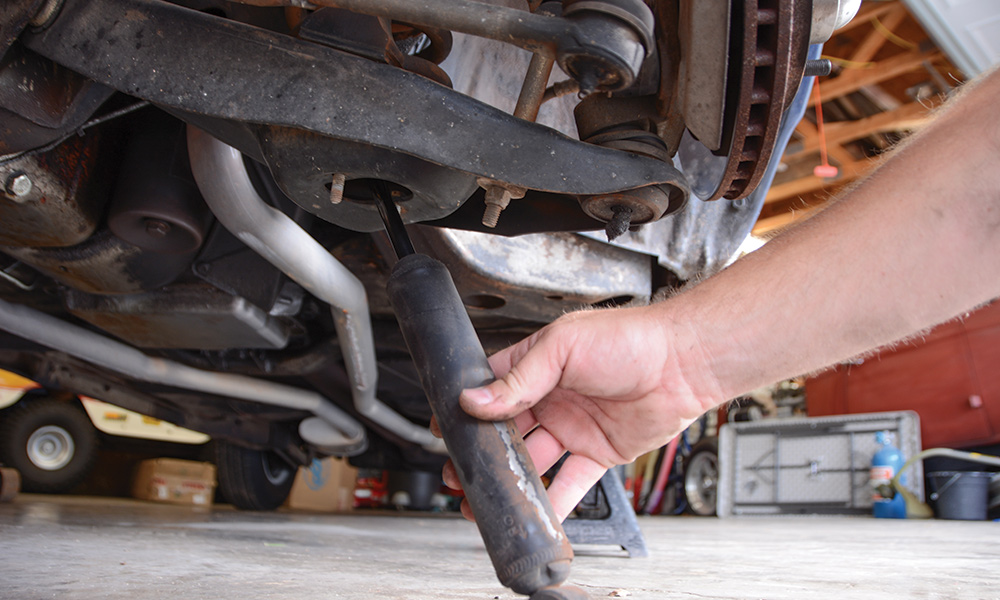



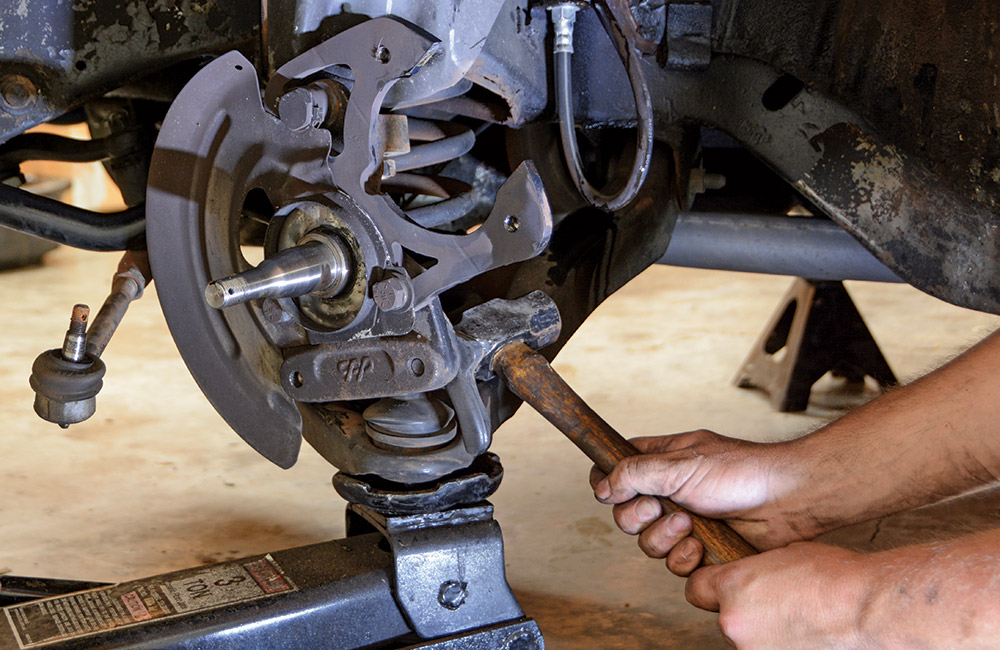


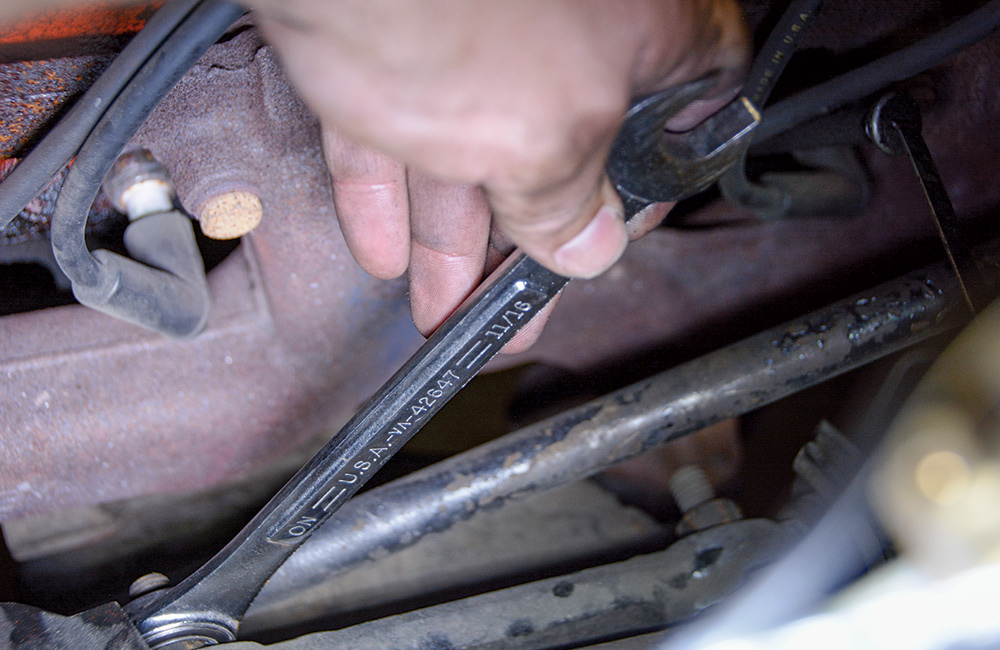
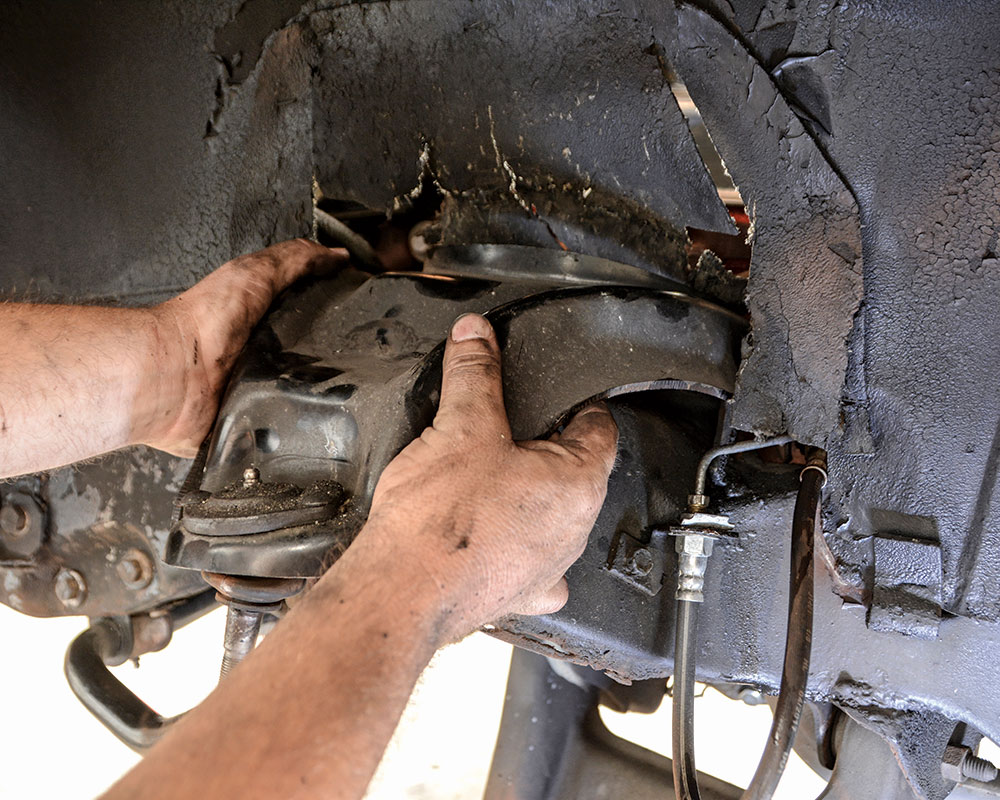













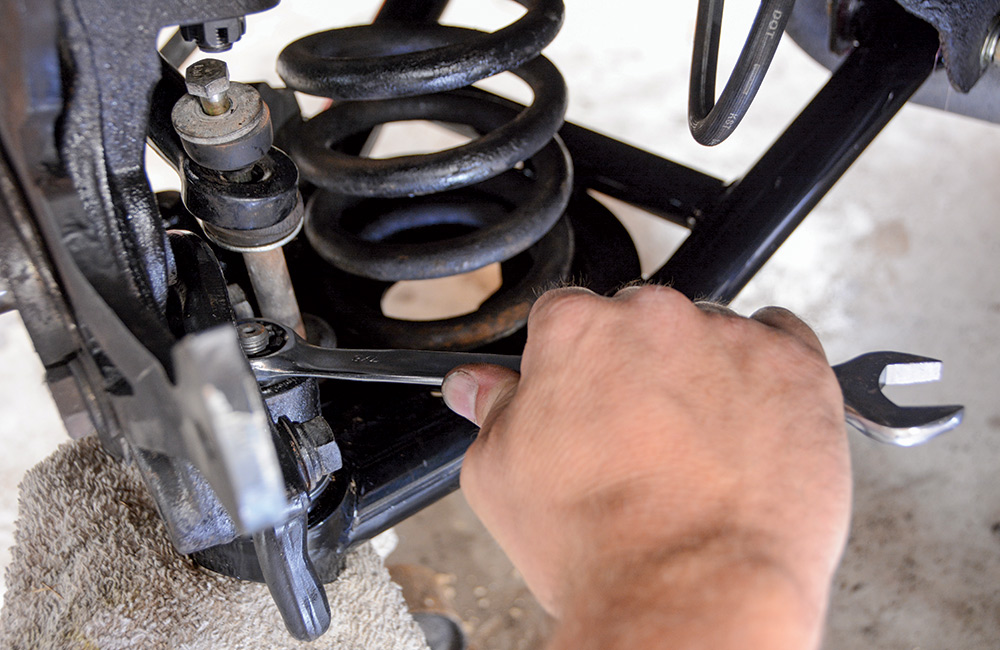


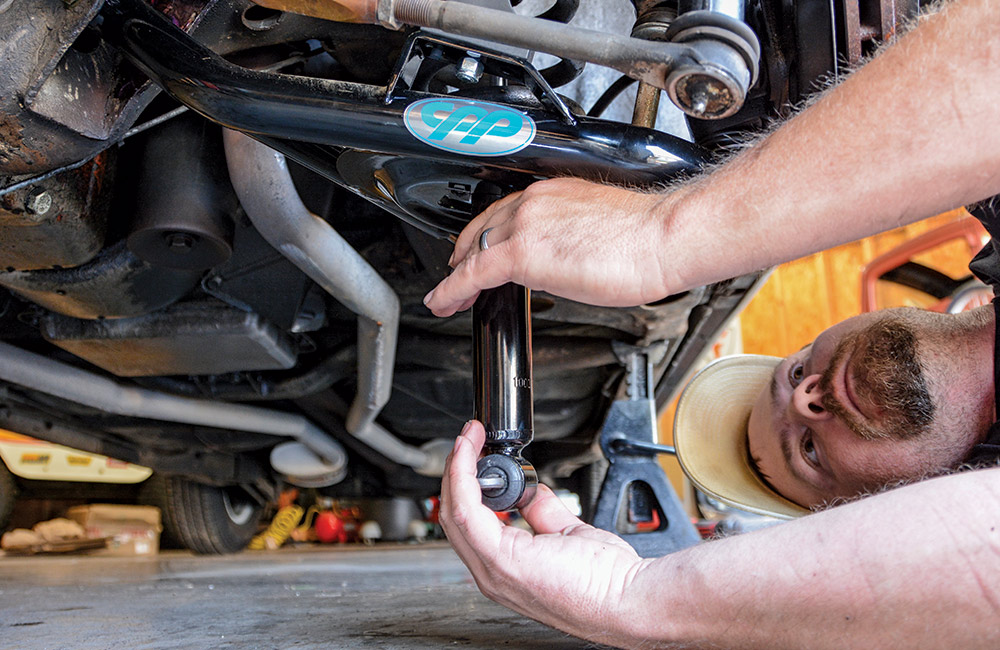

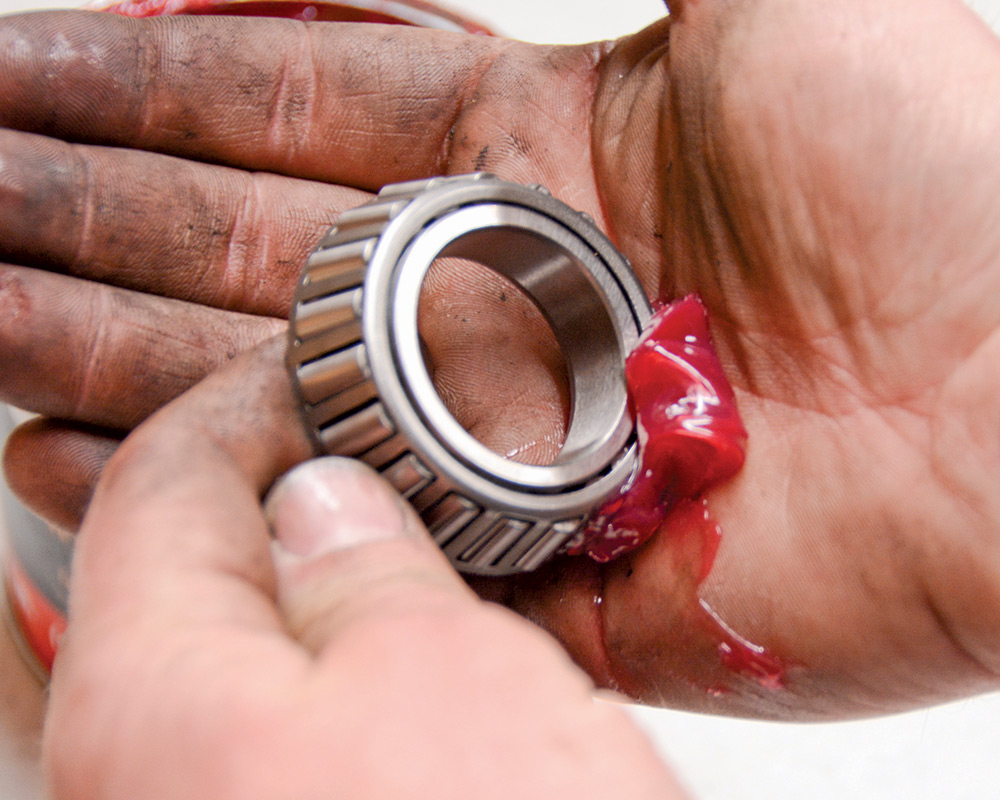
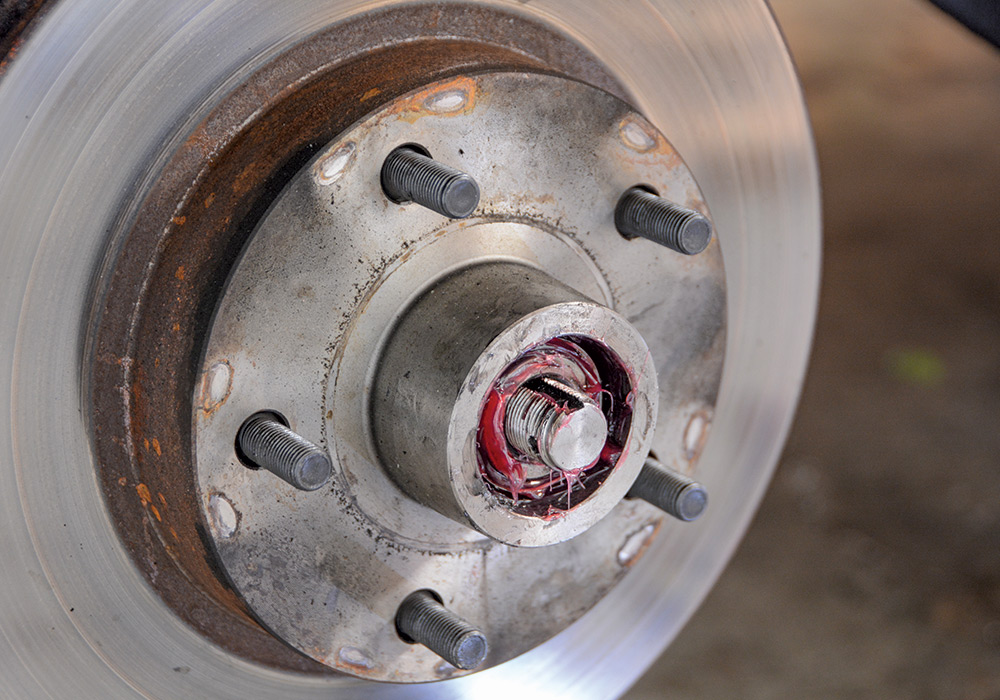
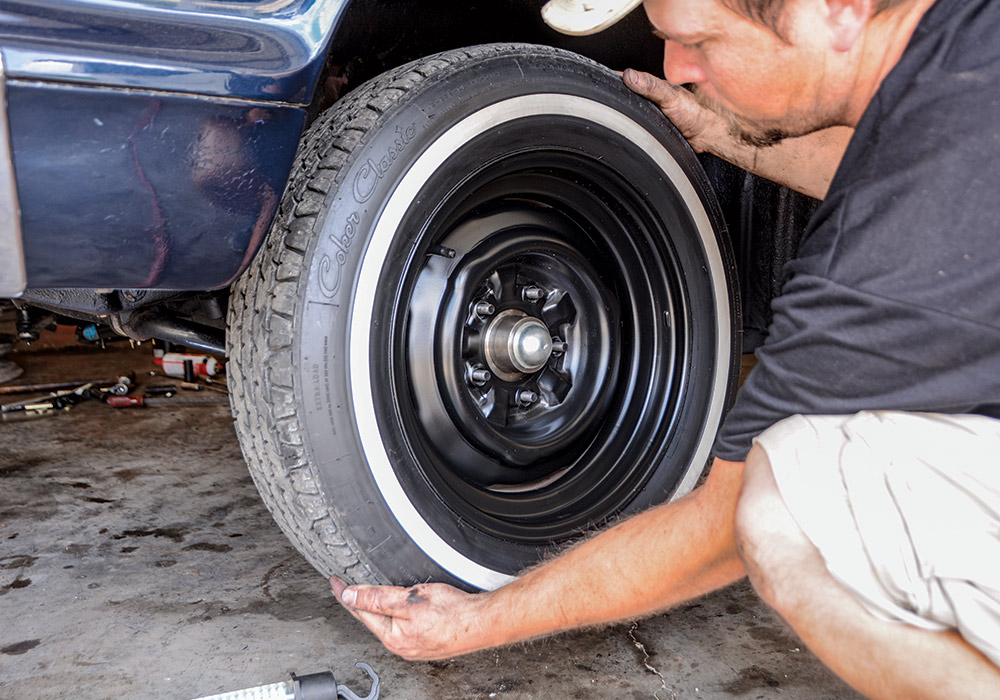
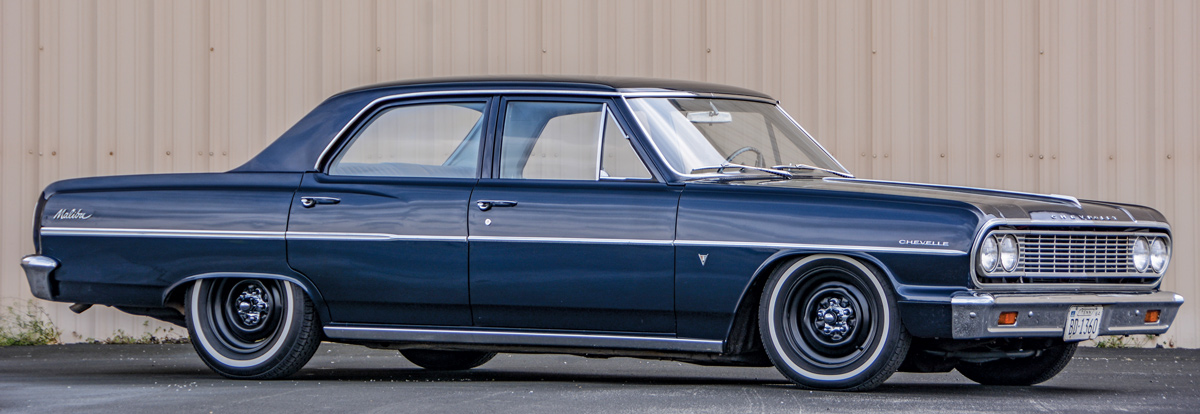
 SOURCES
SOURCES